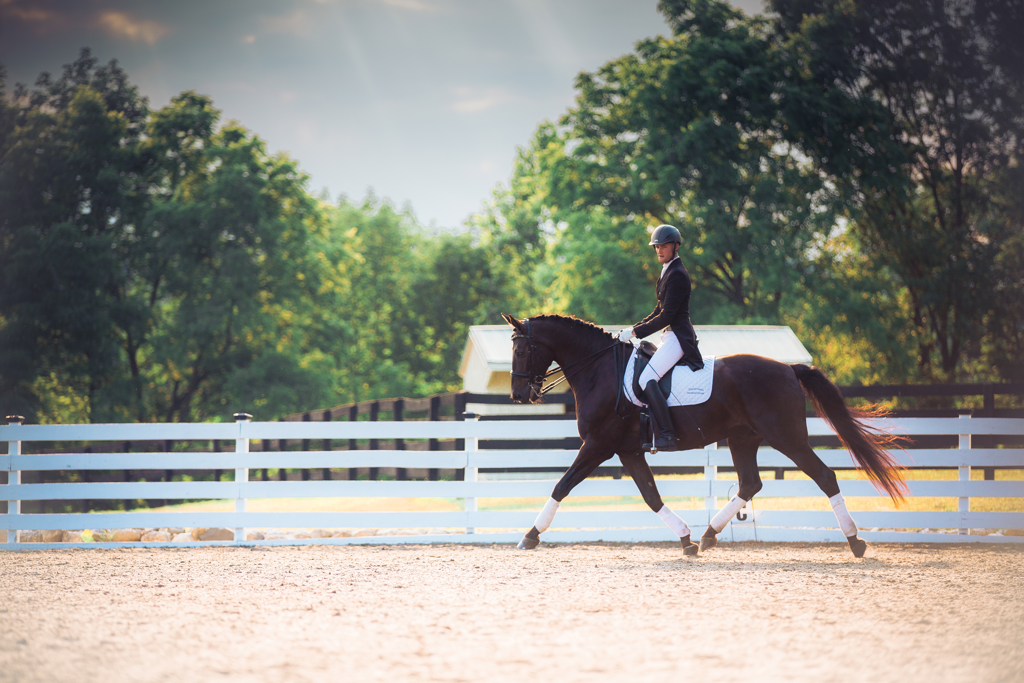Olympia, Badminton, Burghley, Windsor would simply not exist without sponsorship just as professional riders could not live without their support. We are extremely lucky to have some huge and high-end brands involved with equestrian brands so we thought it high time we celebrated one who has been involved in Eventing, Showjumping, Dressage for many years. They are also sponsors of the recent CHI in Geneva which attracts the best showjumpers in the world.
Rolex is synonymous with equestrian sport at the highest level. As well as sponsoring a number of individuals such as showjumpers Scott Brash, Rodrigo Pessoa, Steve Guerdat and Kent Farrington, Plus World Number One dressage rider Isabel Werth and event rider Zara Tindall; they are responsible for offering some of the richest prizes in the sport. The Rolex Grand Slam in both Showjumping and Eventing is one of the most lucrative and best-known accolades a rider can achieve. A true test of horsemanship and steely nerves, it’s the one they all want to claim. Last week was one of Rolex’s title shows- the CHI Geneva.
This year, the show welcomed 40 of the best riders in the world to compete in the main class, the Rolex Grand Prix, the final Major of the year in the Rolex Grand Slam of Show Jumping.
Fittingly, Geneva is the home city of the Swiss watchmaker and The Rolex Grand Prix is, staged in the Palexpo Arena. The 22-year partnership between Rolex and the CHI Geneva demonstrates Rolex’s commitment to supporting equestrian sport worldwide. Having been named the best show jumping event on nine occasions, CHI Geneva has a long and distinguished equestrian heritage and Rolex has been a proud sponsor since 1996.
It was a victory for Germany’s Marcus Ehning riding Pret A Tout, repeating his success from CHIO Aachen where he won the Rolex Grand Prix in July earlier this year. Second place went to Rolex Testimonee Steve Guerdat riding Albfüehren’s Bianca and third place went to Irish rider Darragh Kenny riding Balou du Reventon. Britain’s Scott Brash and Ben Maher finished 6thand 7thresepectively.
Over 42,500 fans gathered over the four days for the CHI. With a packed arena delighting in a thrilling two-stage Rolex Grand Prix competition between the world’s elite. Scott Brash was the first rider to go clear, later joined by Steve Guerdat and USA’s Kent Farrington in the line-up of riders going through to the jump-off. The Swiss crowd erupted into applause as one of their home favourites, Guerdat went clear, sailing around the challenging course.
With 11 clears in the first round, the equestrian fans were enraptured as they waited for what promised to be a breath-taking jump-off, with three Rolex Testimonees, the world number one and a previous Major winner included in the line-up. Whilst all riders gave it everything, it was Marcus Ehning who prevailed with a precision performance demonstrating his exquisite horsemanship and sporting skills.
Supported by Rolex since 2013, the Rolex Grand Slam of Show Jumping is the most prestigious competition within equestrianism, it is also one of the toughest feats to achieve. It requires precision and excellence from every horse and rider partnership. All four Majors within the competition have a rich equestrian history and focus on delivering elite-level sport. This demonstration of commitment along with a passion for excellence reflect Rolex’s values and make each a perfect partner for the Swiss watchmaker.
The world’s equestrian elite will now look to The Dutch Masters, the first Major of 2019, where Ehning will be travelling as the new Rolex Grand Slam of Show Jumping live contender.

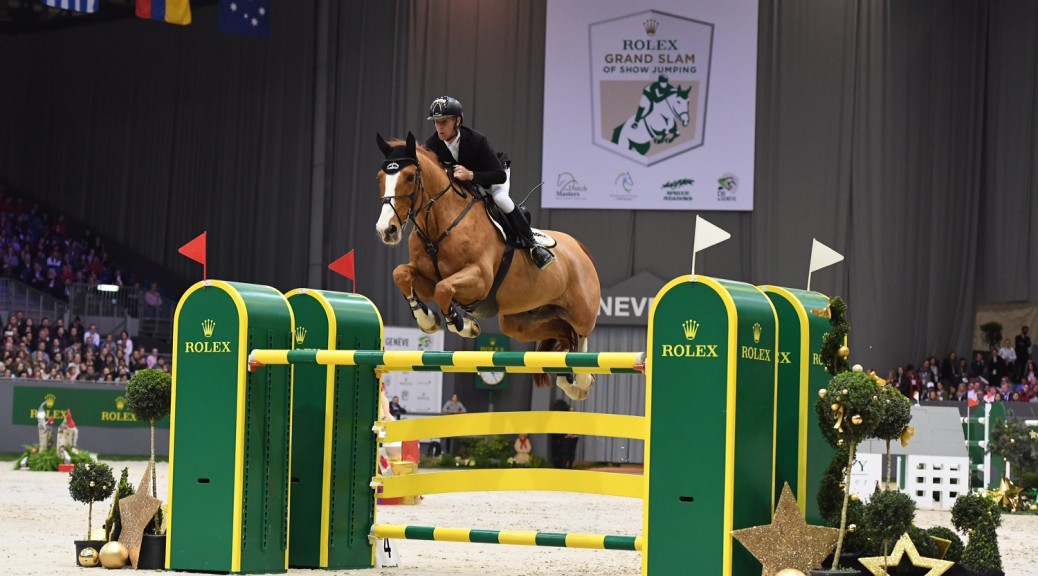
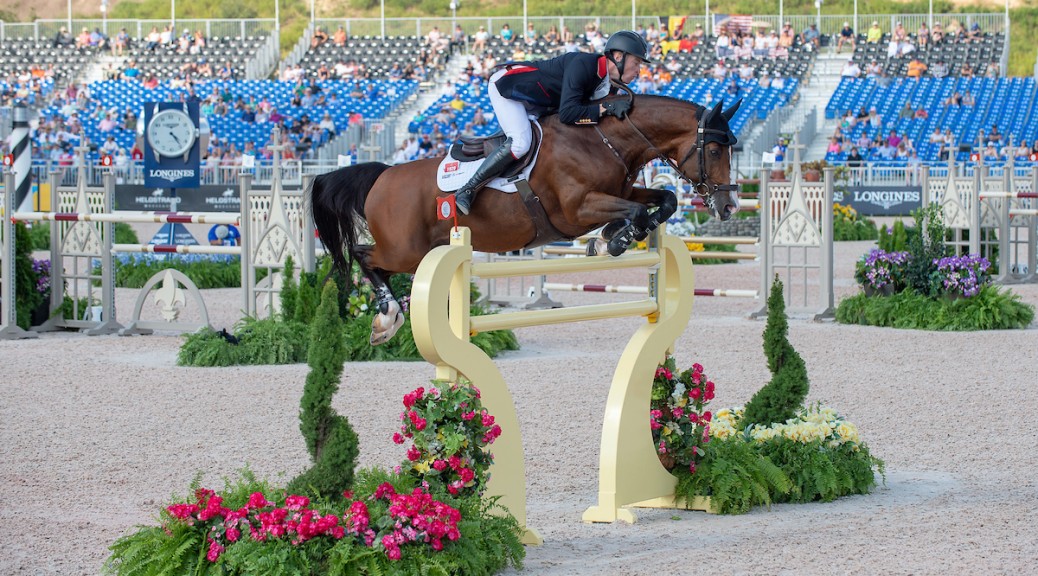

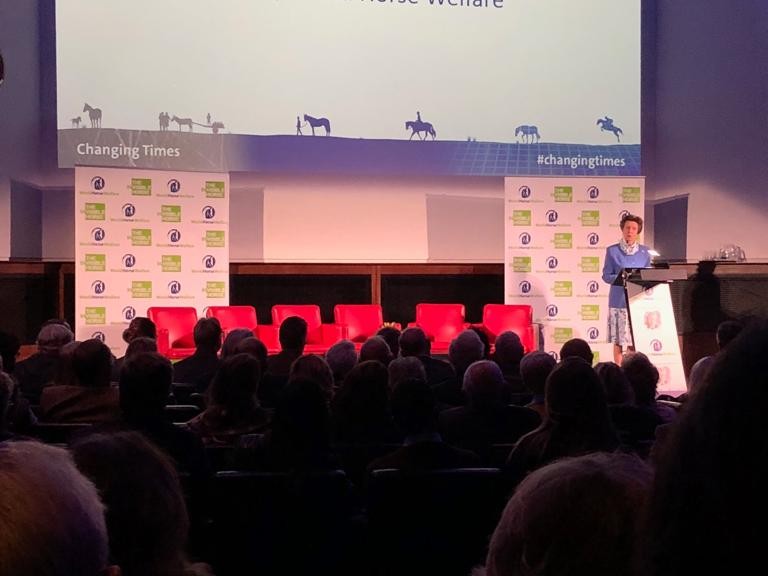
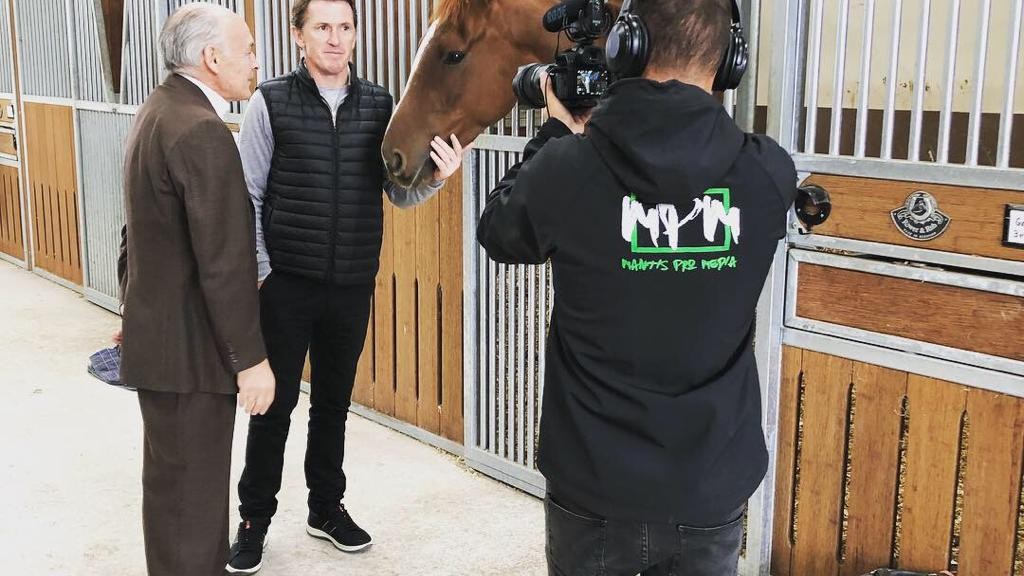
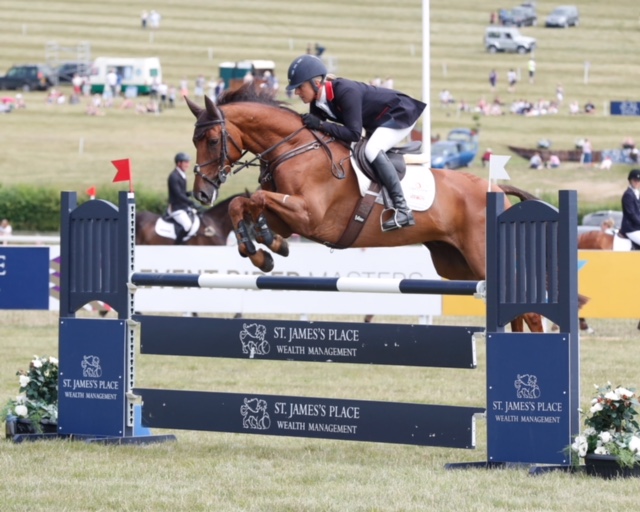
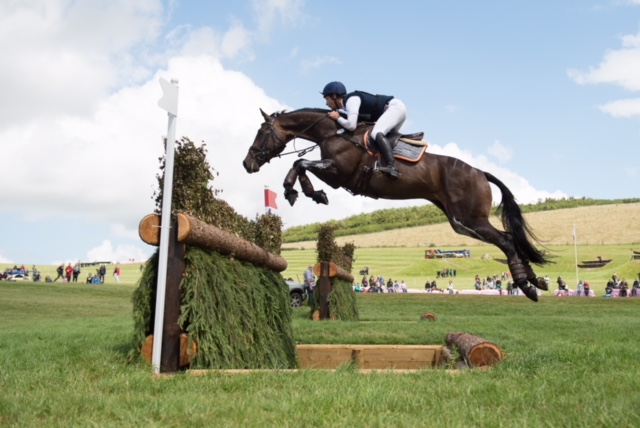

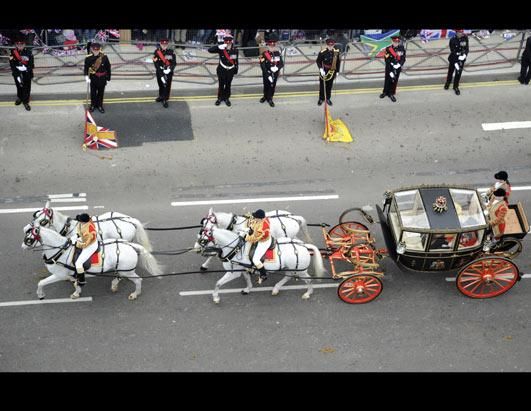
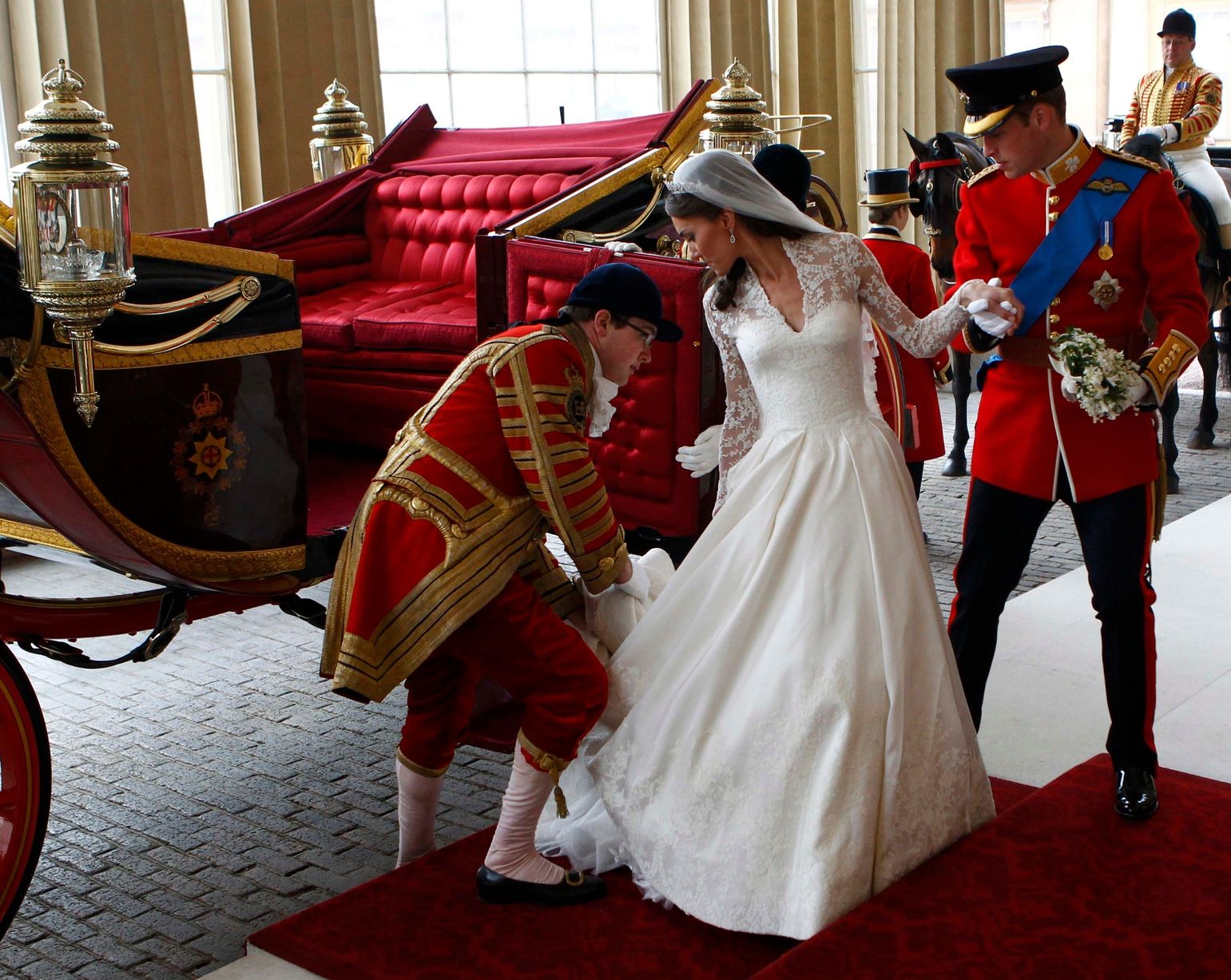
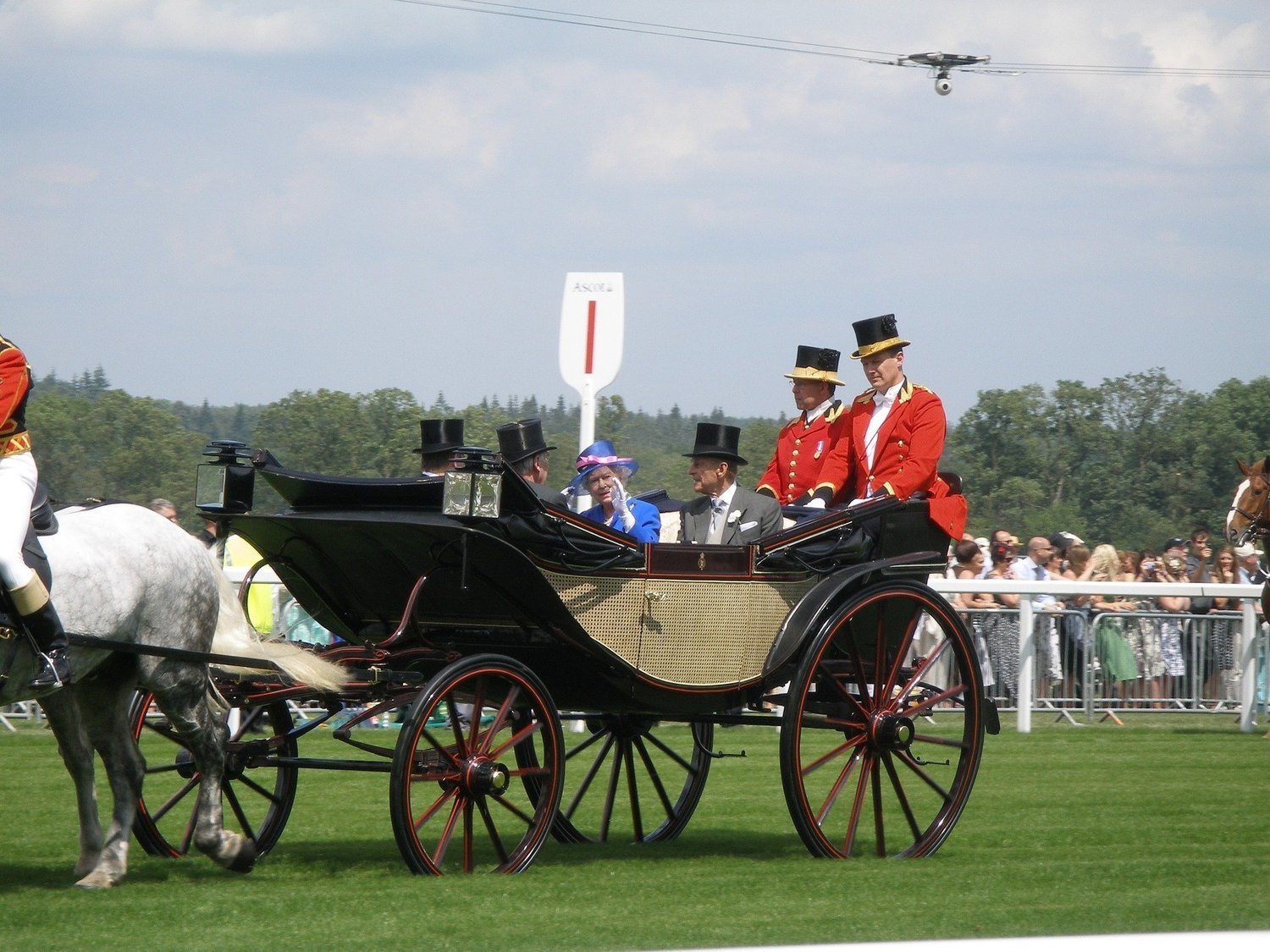
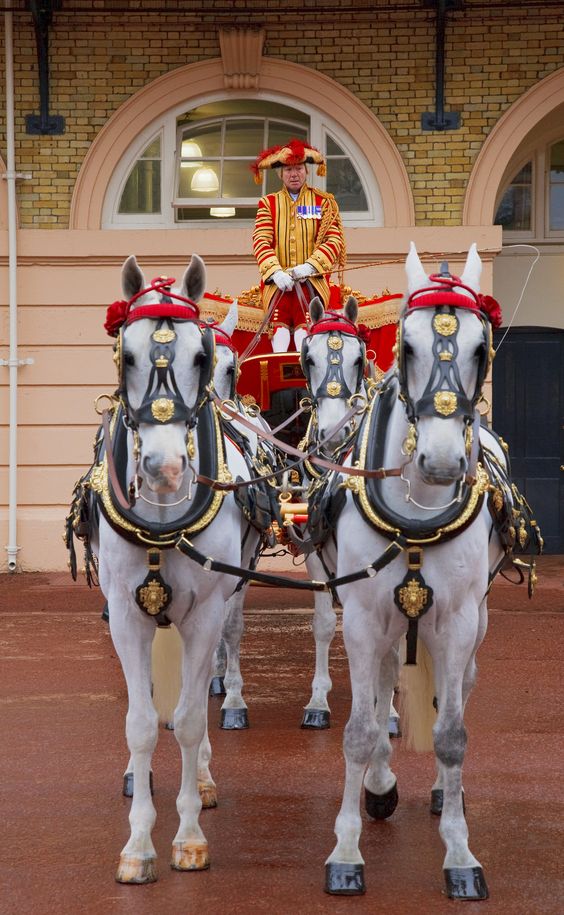
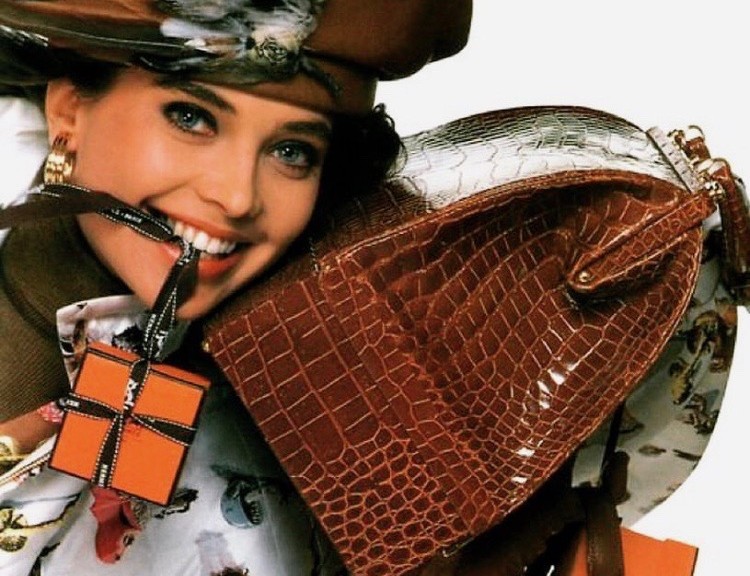
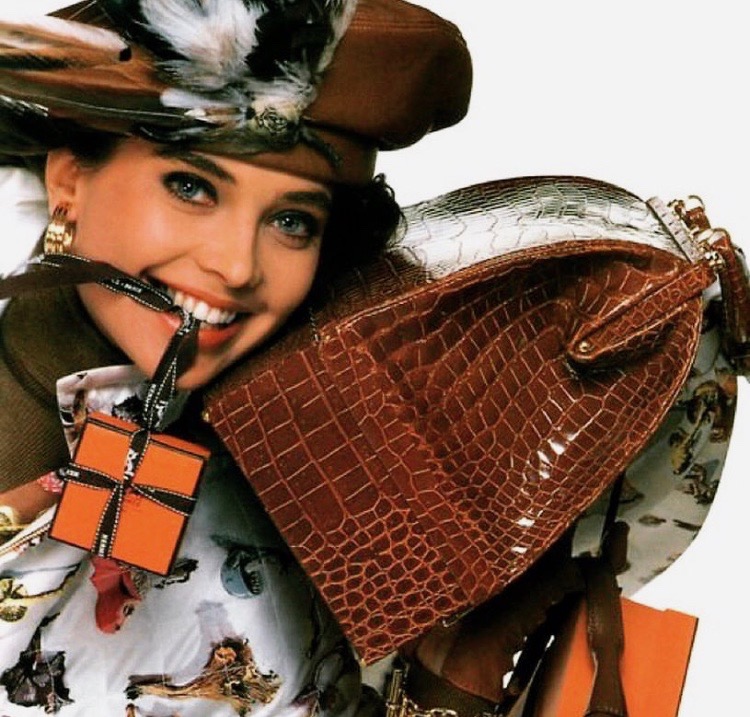
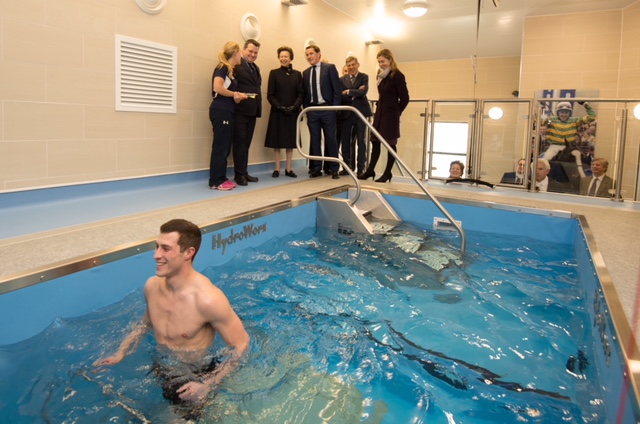
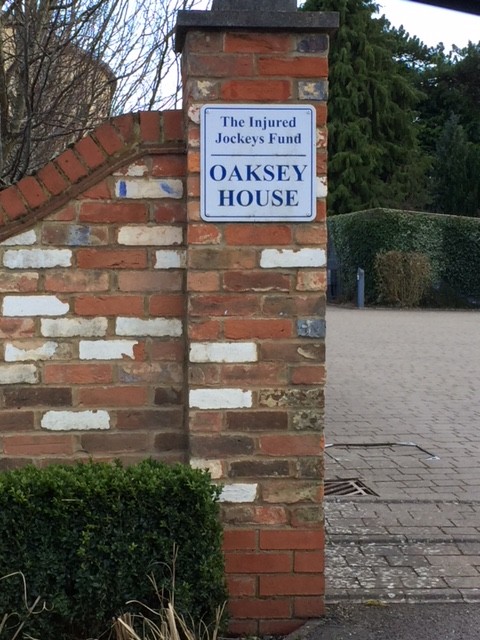
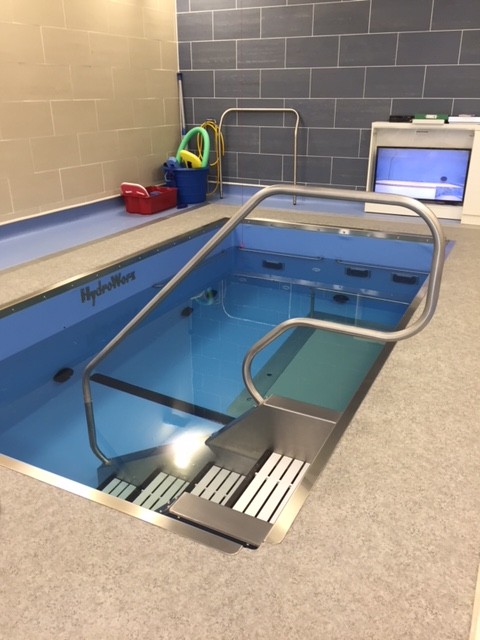 There has also been a significant internal refurbishment including a new more extensive gym, which is open to all jockeys, not just those in need of rehabilitation. They also offer support and education services to jockeys such as nutrition and manual therapy to improve performance as well as careers advice in collaboration with JETS, The Jockeys Employment and training Scheme.
There has also been a significant internal refurbishment including a new more extensive gym, which is open to all jockeys, not just those in need of rehabilitation. They also offer support and education services to jockeys such as nutrition and manual therapy to improve performance as well as careers advice in collaboration with JETS, The Jockeys Employment and training Scheme.